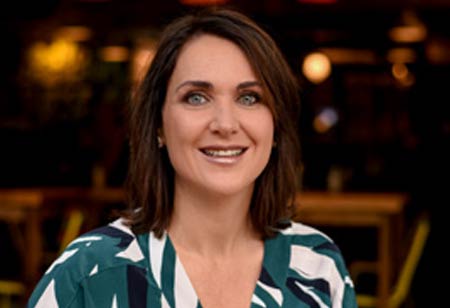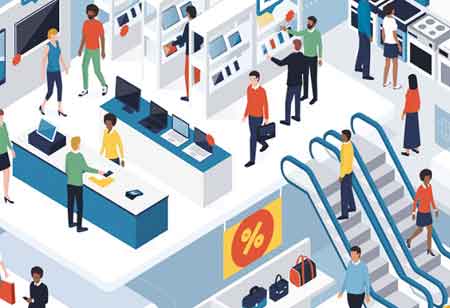Thank you for Subscribing to Construction Business Review Weekly Brief

How Tetris is Pushing Forward with Digital Transformation by Integrating Bim Protocols
Change has traditionally been slow for the construction industry, with collaboration on complex projects proving particularly difficult. Building Information Modelling (BIM) is one technology that has evolved over the years to continuously take on the challenge. BIM combines highly detailed 3D modelling with structured data and insights on costing, planning, design, execution, handover and operations. Globally over the past decade, clients and contractors are increasingly insisting on its use.
Put simply, BIM is a process for creating and managing information on all projects throughout their whole life cycle.
This process is fundamental to the Tétris design and builds methods, allowing us to create and manage a coordinated ‘digital version’ of every aspect of a build throughout its lifecycle. It opens up communication channels, so we can share what we create with our different stakeholders, along with our clients, in real-time. Exchanging information produced by the project stakeholders is key to creating transparent communication channels.
The use of the Common Data Environment (CDE) is at the core of our BIM Strategy, enhancing the whole process by centralising data. With instant, interactive access, we’re able to collaborate across geographies and timelines effortlessly. Tétris´ BIM workflow enables us to link different types of software, or what we call interoperability, building a greater understanding and transparency for all involved.
Tétris is evolving a powerful BIM protocol for creative collaboration in architecture, engineering, construction and management. Teams can check, review and approve their own work at different levels and at each stage – every development is trackable, and it is this element of collaboration that particularly creates transparency.The CDE also enables Tétris to anticipate and resolve any problems quickly by connecting us directly with the wider consultant team, benefiting the entire team throughout the design and build process. Using automatic updates, we can track conversations, resolve issues, ask for improvements and request approvals. It’s a streamlined system that brings maximum visibility and fewer delays, making real-time coordination easy with both clients and subcontractors.
For example, in a recent construction project, during the coordination review, we were able to spot that a vital element of the services model was missing. It was impossible for the management team to continue without it, so with the creation of issues, we sent the details to the relevant consultants and resolved the issue within minutes. Without BIM, this would have taken days. Equally, with issues around the supply chain arising due to the pandemic, material delays are flagged quickly. Our clients are able to decide straightaway if they want to change a specification to keep on schedule, creating a smoother process all around.
Rules and regulations vary across different geographical locations – and we learn from each one. That means our programmes are built around solid and consistent best practices
Sustainability is our internal standard, and we always strive to achieve our clients’ sustainability targets – whether or not they are specified. Our methodology is always the same, from the initial design to sourcing recycled and repurposed materials and reducing energy and waste. We strongly believe in the circular economy, and BIM allows us the scope to champion smarter, greener digital building design worldwide.
At Tétris, we are always looking to improve our offering by conducting research, regularly attending BIM conferences, testing the latest software and engaging consultants to help us build on our knowledge. We act on direct feedback from our teams to integrate new workflows and send them straight out to the market.
Because we’re a global company, our understanding of different regional requirements and our depth of insight brings a wealth of knowledge. Rules and regulations vary across different geographical locations – and we learn from each one. That means our programmes are built around solid and consistent best practices. Ultimately, this results in repeat clients across many different countries who trust our standards of efficiency and expertise.








